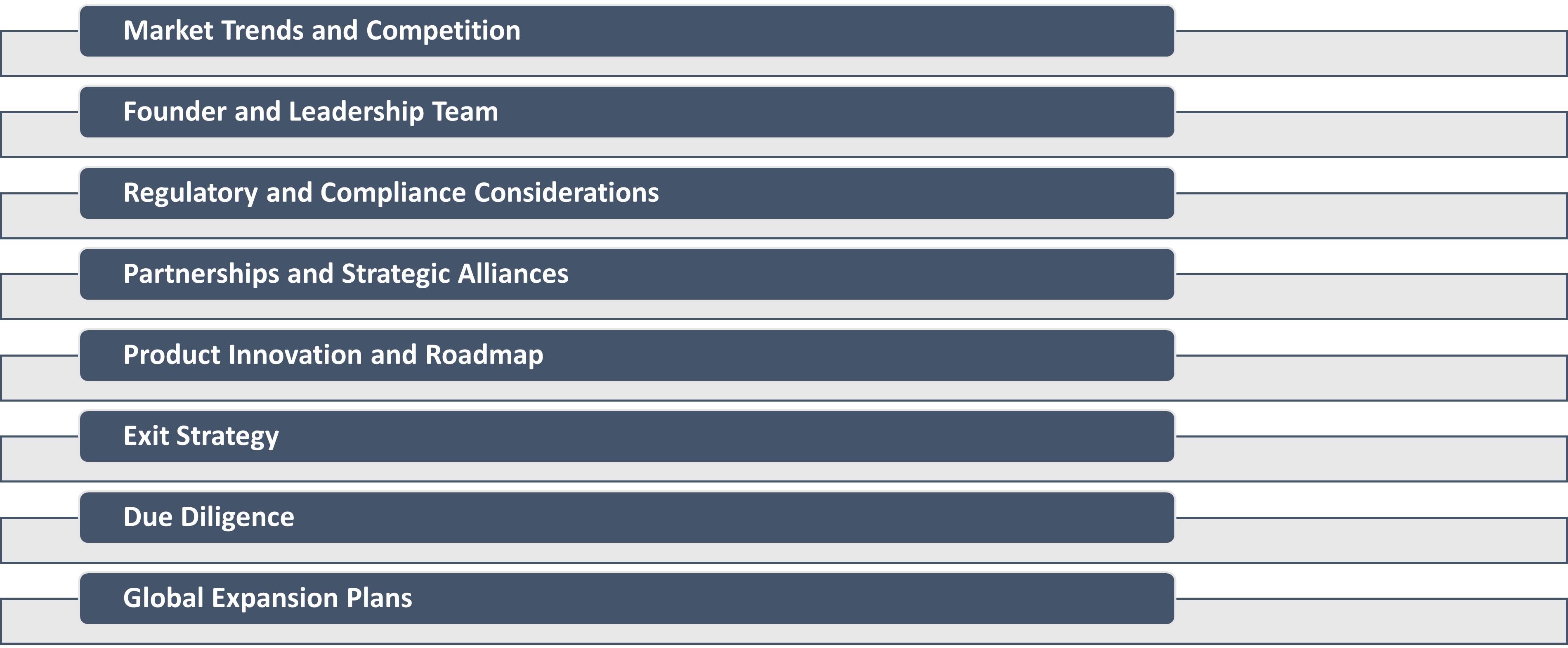The dominance of Software as a Service (SaaS) in the tech industry is undeniable, as it continues to provide groundbreaking solutions to businesses worldwide. In this evolving SaaS landscape, investors, including venture capitalists (VCs) and angel investors, are pivotal in driving the growth of these companies. Understanding SaaS Investment Categories:
- Seed Round:
The seed round marks the initial stage of funding for a SaaS startup. At this point, founders often seek capital to develop a minimum viable product (MVP) and conduct market research. Seed investments are typically provided by angel investors, friends, family, and early-stage VC funds.
- Series A:
Once a SaaS company has demonstrated market potential with a validated product, it may move on to a Series A round. This stage involves scaling operations, expanding the customer base, and enhancing product features. Venture capitalists become more prominent in Series A funding, injecting capital to drive growth.
- Series B:
Series B funding is geared towards accelerating the growth of a SaaS company that has successfully established itself in the market. This round is focused on scaling operations, increasing market share, and improving customer acquisition strategies. VCs continue to be the primary source of funding in Series B.
- Series C and Beyond:
Series C and subsequent rounds are about achieving market dominance and preparing for a potential exit or initial public offering (IPO). SaaS companies at this stage aim to solidify their position in the market, expand globally, and invest in innovation. Funding in these rounds can come from a mix of VCs, private equity firms, and strategic investors.
Key Metrics for SaaS Investors:
- Monthly Recurring Revenue (MRR):
MRR is a critical metric for SaaS companies, representing the predictable and recurring revenue generated each month. Investors closely monitor MRR growth to gauge the company's financial health and sustainability.
- Customer Acquisition Cost (CAC) and Lifetime Value (LTV):
Understanding the relationship between CAC and LTV is crucial for investors. A healthy SaaS business maintains a reasonable CAC relative to the LTV, ensuring profitable customer acquisition and long-term revenue generation.
- Churn Rate:
Churn rate measures the percentage of customers who discontinue a SaaS service. Investors assess a company's ability to retain customers, as high churn rates can impede sustainable growth.
- Gross Margin:
SaaS companies should strive for high gross margins, as it indicates efficiency in delivering their services. Investors evaluate gross margin to assess the scalability and profitability of a business model.
To make successful investments in the booming SaaS industry, it is essential to have a thorough grasp of the sector, the growth stage of the specific company, and the crucial performance indicators. Whether you are an angel investor, a venture capitalist, or involved in any other type of investment, having a solid understanding of these terms and metrics will equip you to make well-informed decisions and play a significant role in the prosperous and ever-evolving SaaS ecosystem.
When considering investments in SaaS, it is crucial to take into account other important factors. Now, let's explore some additional crucial aspects:

- Market Trends and Competition:
Investors should closely monitor market trends and the competitive landscape. Understanding how a SaaS company positions itself in a rapidly evolving market and assessing its ability to stay ahead of or adapt to competition is crucial.
- Founder and Leadership Team:
The expertise and track record of the founding team are vital considerations for investors. A strong, experienced leadership team with a successful track record in the industry can significantly influence the success of a SaaS venture.
- Regulatory and Compliance Considerations:
Investors should be aware of any regulatory challenges that may impact the SaaS industry. Understanding the legal landscape and a company's compliance measures is essential for long-term sustainability.
- Partnerships and Strategic Alliances:
Assessing a SaaS company's partnerships and alliances can provide insights into its strategic positioning. Collaborations with key industry players and integration with other tech solutions can contribute to a company's growth and market influence.
- Product Innovation and Roadmap:
Examining a SaaS company's product roadmap and commitment to innovation is crucial. Investors should evaluate the company's ability to adapt to emerging technologies and customer needs, ensuring long-term relevance in the market.
- Exit Strategy:
Investors should have a clear understanding of the exit strategy of the SaaS company. Whether it involves an acquisition by a larger entity, an IPO, or other exit options, having a well-defined exit plan is integral to the investment strategy.
- Due Diligence:
Thorough due diligence is essential before making any investment. This involves a comprehensive examination of financial statements, legal documents, customer testimonials, and any potential red flags that could impact the success of the investment.
- Global Expansion Plans:
If applicable, investors should assess a SaaS company's plans for global expansion. Understanding how the company intends to enter and navigate international markets can be critical for long-term growth.
Investors can have a better understanding of a SaaS company's potential and risks by including these factors in the investment evaluation process. This helps them make informed decisions that match their investment goals and strategies.

